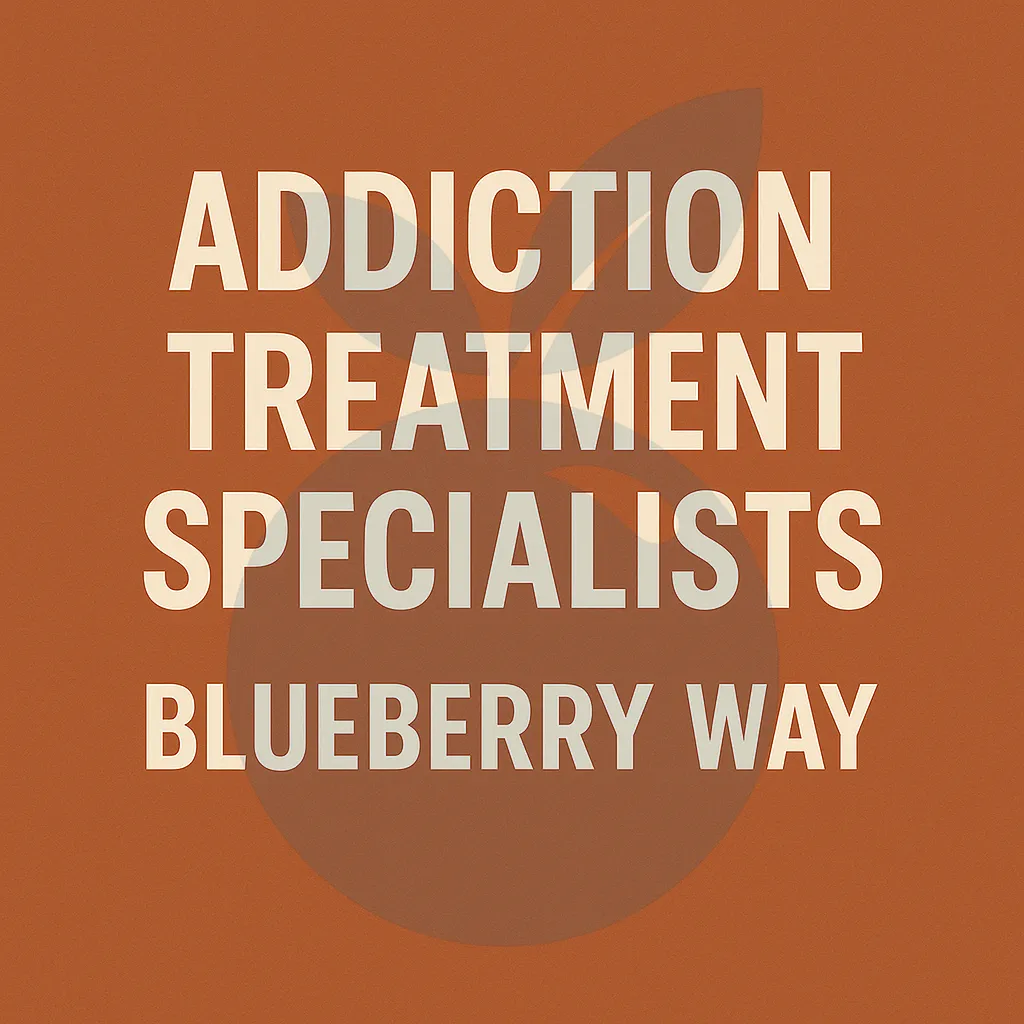
Understanding Addiction: What It Is, How It Works, and Why It Happens
“Understanding Addiction: What It Is, How It Works, and Why It Happens.” - Limor T.
Stage 1: What Is Addiction? (With Medical and Neurological Foundations)
Addiction is defined by the American Society of Addiction Medicine (ASAM) as a treatable, chronic medical disease involving complex interactions among brain circuits, genetics, the environment, and an individual’s life experiences.
It is more than a series of bad choices. It is a chronic illness that changes how the brain works. Repeated substance use hijacks the brain’s reward, motivation, memory, and control circuits - especially the dopamine system.
Key brain areas affected include:
Ventral Tegmental Area (VTA): Releases dopamine, a neurotransmitter linked to pleasure and reinforcement.
Nucleus Accumbens: The “reward hub” of the brain.
Prefrontal Cortex: Responsible for decision making, impulse control, and predicting outcomes.
Amygdala and Hippocampus: Store emotional memories related to substance use.
Over time, the brain becomes conditioned to prioritize the substance over everything else - even survival instincts. This is why addicted individuals often behave in ways that defy logic or self preservation.
Addiction also involves:
Tolerance: Needing more of the substance to achieve the same effect.
Dependence: Experiencing withdrawal symptoms when the substance is absent.
Craving: Powerful, intrusive thoughts and desires to use.
Loss of control: Inability to stop even when facing serious consequences.
Stage 2: Risk Factors - Why Some People Become Addicted and Others Don’t
Addiction is never caused by a single factor - it’s a mosaic. The more risk factors someone has, the higher the likelihood that they’ll struggle with substance use at some point in life.
Genetic Predisposition
Genetics accounts for 40%-60% of a person’s vulnerability to addiction. Individuals with fewer dopamine receptors may experience more reward from substances, increasing risk.
Early Life Trauma
Physical, emotional, or sexual abuse, neglect, or household dysfunction raise addiction risk. According to the CDC, people with 4 or more ACEs are 5-10 times more likely to engage in problematic drug use.
Mental Health Conditions
Roughly 50% of those with substance use disorders also experience mental illness. Many use drugs or alcohol to self medicate.
Environment and Peer Influence
Exposure to drug use, community violence, or lack of supervision can heighten risk - especially in youth.
Early Substance Use
Use before age 25 disrupts brain development, increasing the likelihood of long term addiction.
Personality Traits
Traits like impulsivity, sensation seeking, and poor stress tolerance are associated with substance misuse.

Stage 3: The Stages of Addiction - From Experimentation to Dependence
Addiction often progresses through predictable stages. Each stage involves deeper psychological and physiological entrenchment.
1. Initiation/Experimentation: Often due to curiosity, peer influence, or emotional pain.
2. Regular Use: Substance use becomes part of a routine, though often still within a social context.
3. Risky Use: Negative consequences begin to appear, yet use continues.
4. Dependence: The individual relies on the substance to feel “normal.” Withdrawal symptoms begin.
5. Addiction: Substance use becomes compulsive. The brain’s control systems are impaired.
6. Crisis: May involve overdose, hospitalization, or legal trouble.
7. Recovery: Involves medical and psychological treatment, new coping skills, and long term support.
Stage 4: Substances Commonly Abused - Their Effects, Risks, and Treatment Challenges
Different substances affect the brain and body in unique ways, requiring tailored treatment.
Alcohol
• Most commonly abused substance.
• Withdrawal can be fatal - requires medical detox.
Opioids
• Includes heroin, fentanyl, prescription painkillers.
• High risk of overdose. Treatment includes MAT (e.g., Suboxone, methadone).
Stimulants
• Cocaine, methamphetamine, prescription amphetamines.
• Often cause paranoia and psychosis. No FDA approved medication yet.
Cannabis
• Perceived as benign but can impair motivation and cause dependence.
• Withdrawal includes irritability and sleep issues.
Benzodiazepines
• Xanax, Ativan, Klonopin.
• Can cause fatal withdrawal. Requires slow taper.
Hallucinogens/Dissociatives
• LSD, psilocybin, ketamine.
• Low dependence risk but can trigger lasting psychological symptoms.
Inhalants
• Often used by youth or marginalized individuals.
• Can cause sudden death or brain damage, even on first use.
Stage 5: The Social and Emotional Toll of Addiction - Beyond the Substance
Addiction affects more than just the body - it devastates identity, relationships, and communities.
Emotional Toll on the Individual
• Guilt, shame, depression, and isolation are common.
• Many lose a sense of purpose or connection.
Family Impact
• Families may experience codependency, burnout, or trauma.
• Children are at higher risk for emotional and behavioral problems.
Social Impact
• Strains emergency services, criminal justice, and workplace productivity.
• Homelessness and incarceration are common outcomes.
Stigma and Shame
• Prevent people from seeking help.
• "Addict" language worsens mental health outcomes.
Connection as Healing
• Social support and peer relationships are among the strongest predictors of recovery.
Stage 6: Is Addiction a Disease or a Choice? - Untangling the Debate with Science and Compassion
Addiction begins with a choice - but it becomes a disease.
Defined as a chronic, relapsing brain disorder by ASAM and WHO.
Brain imaging shows structural changes in the dopamine and decision making systems.
People lose the ability to choose freely.
Stigma often frames addiction as a moral failure. But understanding it as a disease enables compassion and proper treatment. Accountability still matters - but it must be paired with support.